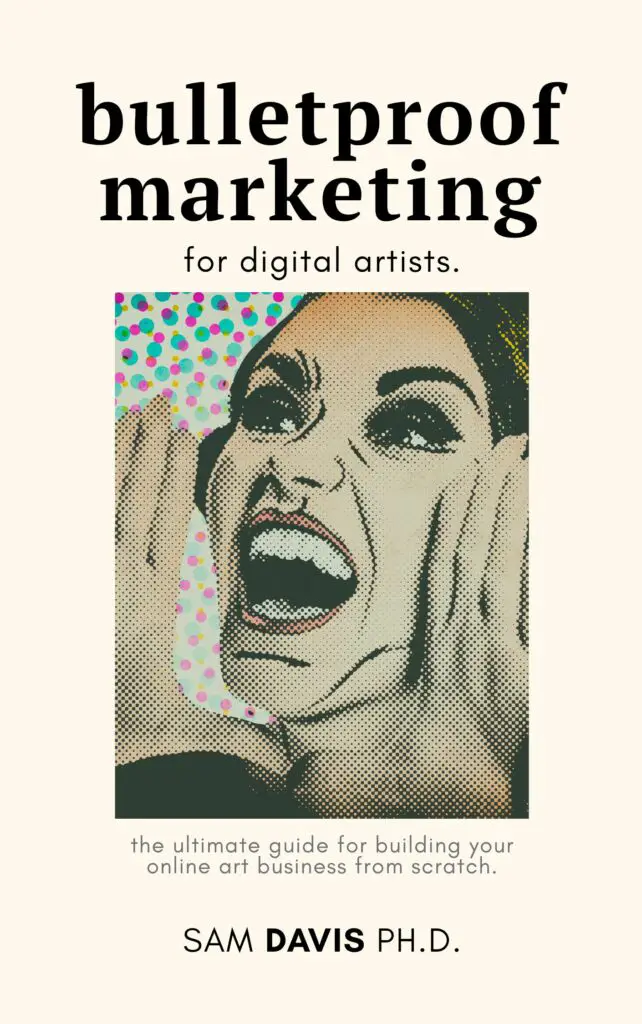If you're just starting out as an SEO content writer, it can be difficult to know where to begin. There are so many factors to consider, and it can be easy to feel overwhelmed. In this article, we'll provide some basic tips that will help you get started on the right foot.

What is SEO?
Before we dive in, I want to make sure that we have a shared understanding of Search Engine Optimization, or SEO. Simply put, SEO is a set of strategies that can be used to improve the ranking of your website in search engine results. It involves using keywords strategically throughout your content and taking steps to make your website more appealing to both users and search engines. SEO content writing is really about maximizing your article for both search engines and humans.
Some terms you might need to know include:
- Search engines: these include Google, Bing, Yahoo, DuckDuckGo, and others
- Search engine rankings: These are where your page is ranked on search engine results. Often referred to as SERPs – search engine ranking positions.
- Search results: What is returned from a search engine query
- Primary keyword or target keyword: the keyword or phrase that you're attempting to rank for, e.g., “lions in Kenya”
- Relevant keywords: supporting keywords for the primary keyword, e.g., “zebras in Kenya”
- Meta descriptions: Text that is only visible to search engines. It sometimes shows up in search results and is used in relevant search queries.
1. Write for your audience – think about what they want to read and provide that content
When it comes to creating content, it's important to remember that the purpose is to provide value to the reader. That means writing about topics that they care about and are interested in, using language that is easy for them to understand. It's also important to consider the format of your content – is it more appropriate as a blog post or an infographic?
Even though we call this SEO content generation, in reality, it's just good practice. SEO content has to appeal to both humans and search engines. But usually, you can do a few tweaks to your SEO content to have it appeal to both search engines like Google and the average information hunter like Joe, who's just looking for a web page that answers his question.
The content should also be well-researched and accurate, as readers appreciate trustworthy information. By keeping your audience in mind, you can create content that not only draws them in but also provides them with valuable information. Ultimately, this helps establish trust and loyalty with your readers, making them more likely to come back for future content. So when it comes down to it, always remember: write for your audience.
2. Use keywords and phrases throughout your article, but don't overdo it
In writing, it's important to include relevant keywords and phrases that demonstrate a thorough understanding of the topic and help your readers find your work. However, it can be tempting to pepper every sentence with related terms, trying to cram in as many as possible. But overusing keywords can not only make your writing sound stiff and unnatural, it can also have negative consequences for search engine optimization.
In search engine terms, overusing your target keywords is known as keyword stuffing. Search engines are designed to detect this kind of keyword stuffing, and it can actually harm your search rankings. Instead, aim for a natural use of keywords throughout the article. This will help you strike a balance between providing valuable content for your readers and using relevant terms that help optimize your content for SEO. If you feel you really need more target keywords, extend the length of your article so that your target keyword density (keywords per total word count) doesn't get too high.
It's better to use a varied range of words and phrases, focusing on quality over quantity. And remember, the ultimate goal should always be creating compelling content that is easy to read and understand for your audience. So go ahead and strategically sprinkle in those keywords, but let them enhance your writing rather than overpower it.
If you're concerned about readability, HemingwayApp.com is a great, free tool for you to check your readability score. Shoot for a grade level between 6th-10th grade for the best results.
It's always helpful to do keyword research before you start incorporating your target keyword throughout the article. Do articles that rank for your terms use that target keyword? That's all that keyword research is: understanding what keyword use may lead to in search results.
Tools To Use:
3. Make sure your content is interesting and engaging to read
In today's world, people are constantly bombarded with information and content. As a content creator, it can be tough to stand out and capture your audience's attention. However, it is important to remember that the key to creating engaging content lies in being interesting. Consider what sets your content apart from the rest and try to focus on unique or relevant aspects. Additionally, strive for variety in your delivery. Incorporate different media such as videos or graphics, or try using a conversational tone rather than just writing in formal prose.
A search engine can't tell explicitly if your content is perfect, but it can do things like see if your HTML is laid out correctly; if you have keywords that match your internal links and title tag; what the keyword density is, and if your meta description is filled out correctly. These are all signals that indicate that when you're writing content, you're doing it well for your target audience.
Even though your SEO strategy may say that you need to write a clickbait article, you have to give it a spin so it stands out from the other fifty clickbait articles on the same topic that will show up before yours on Google. By keeping your content interesting, you will have a much better chance at attracting and retaining readers.
4. Edit, edit, edit! Make sure your article is free of mistakes and typos
As a writer, one of the most important steps in the process is editing. It can be tempting to quickly publish a piece and move on, but taking the time to carefully review and revise your work can make all the difference. This means not only checking for grammar and spelling errors, but also ensuring that your ideas are presented clearly and effectively.
If you're using an AI writer like Jasper, you absolutely need to edit down what Jasper spits out. Jasper is not perfect. Jasper loves run on sentences, and Jasper doesn't know how to do keyword research. He may provide the bones, but you're going to have to go back through with keyword research, meta descriptions, internal links, and writing content that matches what you need.
Consider reading your work aloud or have someone else proofread it for you – another set of eyes may catch mistakes that you missed. Editing also involves trimming any unnecessary or repetitive language, making sure each sentence serves a purpose and flows smoothly with the rest of the article. So remember: edit, edit, edit! Your readers will thank you for it.
Tools to use:
5. Format your article in a way that makes it easy to skim through
When you have a lengthy article, it can be overwhelming for readers to digest all the information at once. One way to make your content more accessible is to format it in a way that allows readers to easily skim through. This can be achieved by using subheadings to break up sections and bullet points or numbered lists for concise points.
In addition, including images or visual aids can help break up text blocks and grab the reader's attention. Overall, taking these steps not only improves readability, but it also demonstrates that you value your audience's time and want them to have a positive experience with your content. So next time you sit down to write an article, think about how you can make it easy for readers to quickly scan and find the information they're looking for.
6. Share your content on social media sites for even more exposure
It's no secret that social media has revolutionized the way we connect with others and consume information. When it comes to sharing your content, a strong presence on these platforms can lead to even more visibility and engagement.
By actively posting and interacting with your followers, you can drive traffic to your website or blog, potentially garnering new followers and fans. Additionally, joining groups or communities related to your niche can open up new opportunities for collaboration and networking. However, it's important not to limit yourself to just one site – diversifying your social media accounts allows you to reach a wider audience. So why not maximize your reach by sharing your content on social media? It just might lead to even greater success.
Tools To Use:
Final thoughts
By following these simple tips, you can create content that is both helpful and engaging for your audience. Not only will this help boost traffic to your website, but it will also help increase sales as more and more people are exposed to your content. So what are you waiting for? Start writing!

